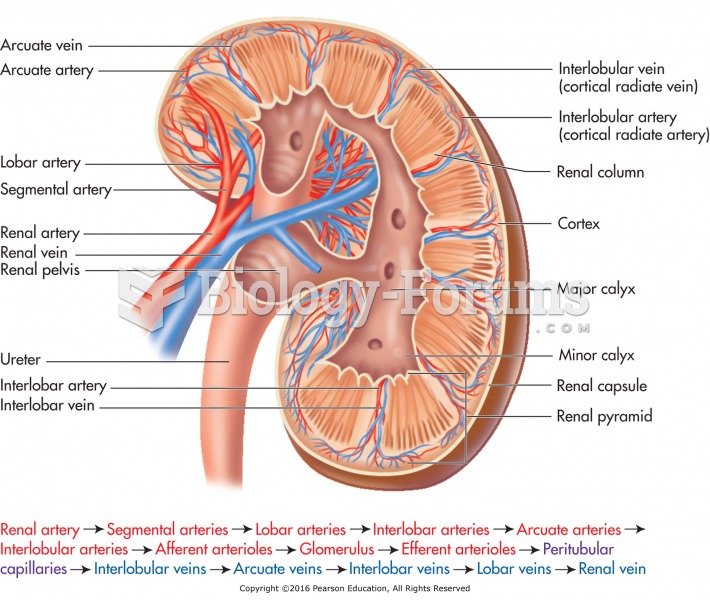This topic contains a solution. Click here to go to the answer
|
|
|
Did you know?
Patients who cannot swallow may receive nutrition via a parenteral route—usually, a catheter is inserted through the chest into a large vein going into the heart.
Did you know?
Blood is approximately twice as thick as water because of the cells and other components found in it.
Did you know?
The shortest mature adult human of whom there is independent evidence was Gul Mohammed in India. In 1990, he was measured in New Delhi and stood 22.5 inches tall.
Did you know?
The familiar sounds of your heart are made by the heart's valves as they open and close.
Did you know?
On average, someone in the United States has a stroke about every 40 seconds. This is about 795,000 people per year.






